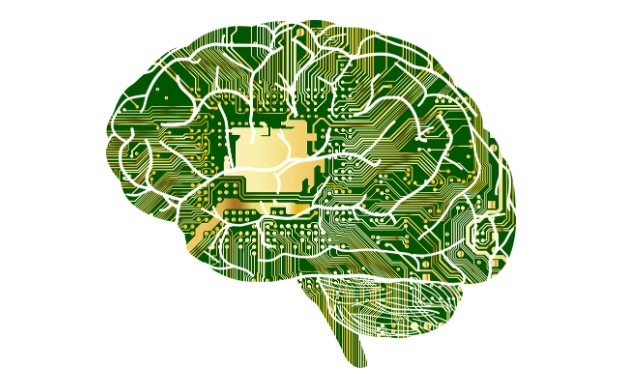Generally, receipt digitization results in the automation of accounts payable and receivables which is a great advantage for a business. This is because calculating for the accounts payable, as well as the accounts receivables prove to be costly and time consuming. The manual process is also highly prone to human error which can be avoided with proper automation.
Automated receipt digitization is the process of automatically extracting details from a receipt. The details included in the receipt is noteworthy for both the one who issued it, as well as for the recipient of the product or service rendered. On the other hand, deep learning is an AI, or artificial intelligence feature that simulates how humans interpret and process unstructured data.
The advancements in modern technology paved the way for deep learning to be integrated in the automated receipt digitization.
Receipt Fields
There are various receipt fields that are sometimes necessary to be extracted. The reason why these fields are extracted are often for the purpose of generating reports that can be used in the analysis of business processes to come up with appropriate business strategies. To extract these fields, an OCR receipt scanner is often used to extract information from an immense number of receipts at once. OCR, or optical character recognition, has been widely used to distinguish text in digital images of physical documents. These texts, or receipt fields that need to be scanned can be:
- Date
- Establishment or business name
- Addresses
- Phone numbers
- URL or uniform resource locators
- Subtotals, totals, and validated totals
- Cash, change and payment methods
- Taxes and discounts
- Other line items
All these fields can often be captured by online software extraction tools, which are incorporated by deep learning to be more effective and efficient.
Deep Learning Methods
The deep learning technology paves the way for a more intelligent manner of recognizing the fields in a receipt. Often, templates are no longer necessary with a scanner that is intelligent enough to accurately identify receipt fields such as product codes or totals even from a vast number of receipts that need to be scanned. Deep learning models for these purposes are continuously trained with varying data to be able to produce accurate results, even when new receipt formats are presented for scanning. It is basically a subset or machine learning which leverages a hierarchical level of artificial neural networks, which are configured to simulate the human brain. This kind of structure allows the algorithms to process the data in a nonlinear manner, simulating how a human brain would respond. Each layer of the neural network builds on its previous layer, wherein the algorithms not only learn the patterns, but these are also trained to determine whether a certain pattern requires a particular action.
Deep learning can now be found on several avenues such as search engines, customer support, and now, even in an automated receipt digitization. With deep learning, receipt data fields can be processed and understood by a software or program at the level that human intelligence would comprehend. It can therefore be deemed that the future is bright for different software programs, such as receipt OCR applications, with deep learning in the works.


